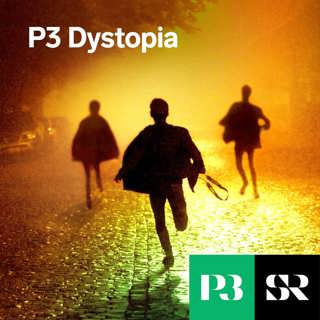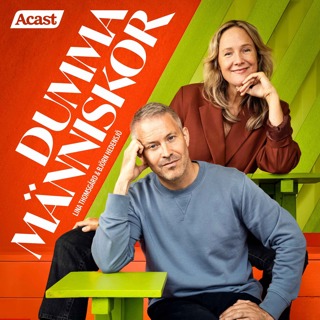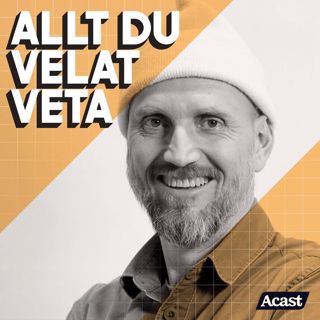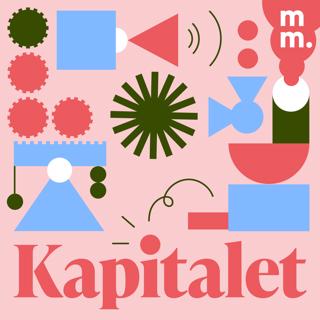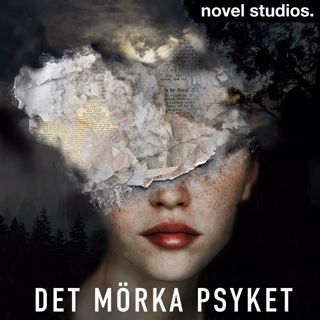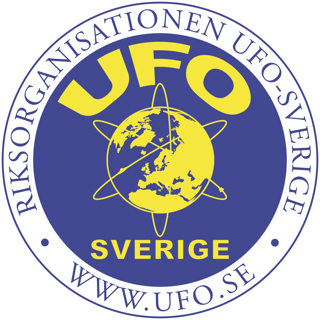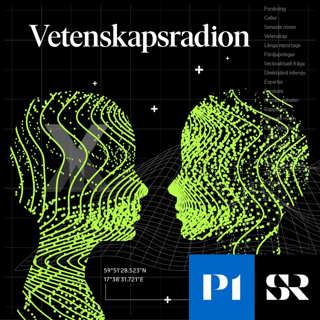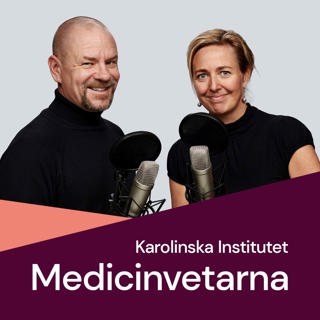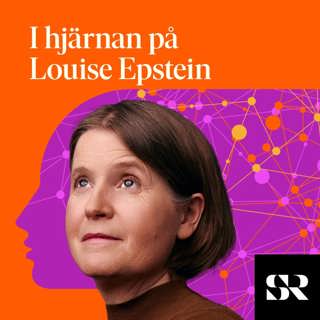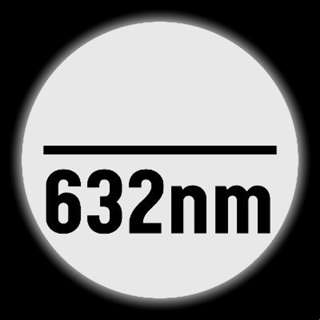
Flux Grant by 1517 Fund: Backing Garage Science and Sci-Fi Tech
In this episode of the 632nm podcast, we sit down with 1517 Fund’s Danielle Strachman and Michael Gibson to explore their Flux program, a unique pre-seed fellowship backing wild, unorthodox scientific and technical ideas. They share how they’ve helped founders transform “garage science” projects—like nuclear batteries, quantum computing prototypes, and cutting-edge materials—into serious startups. Along the way, they discuss the pitfalls of chasing academic prestige, the power of genuine curiosity, and how to leverage minimal resources for big ambitions.We also learn about the flexibility of Flux’s “cannon launch” grants, what it takes to persuade investors when your idea sounds like sci-fi, and why “hyper-fluency” and high agency are crucial for founders. Whether you’re a postdoc itching to leave the lab or a solo tinkerer with a radical concept, this conversation offers actionable insights on securing early funding and taking that bold plunge into world-changing tech.Our Guests:Danielle Strachman: https://x.com/DStrachmanMichael Gibson: https://x.com/William_Blake1517 Fund: https://t.co/Ltt0eiRJkzWant to apply for Flux? https://t.co/O8b5C0f21sFollow us:Twitter: https://x.com/632nmPodcastSubstack: https://632nmpodcast.substack.com/Michael Dubrovsky: https://x.com/MikeDubrovskyMisha Shalaginov: https://x.com/MYShalaginovXinghui Yin: https://x.com/XinghuiYinSubscribe:Apple Podcasts: https://podcasts.apple.com/us/podcast/632nm/id1751170269Spotify: https://open.spotify.com/show/4aVH9vT5qp5UUUvQ6Uf6ORWebsite: https://www.632nm.com/
10 Maj 47min

Trapped Ion Quantum Computing: Christopher Monroe of IonQ
In this episode of the 632nm podcast, our guest traces the evolution from the early days of Bose-Einstein condensation experiments to pioneering trapped ion quantum gateways. He reveals how breakthroughs in laser cooling and atomic clock research unexpectedly paved the way for the first quantum logic gates, beating out the BEC community at a pivotal conference. We also hear about the surprising roles of entanglement, error mitigation, and photonic interconnects in shaping modern quantum hardware.The conversation shifts to the commercial world, where government funding, venture capital, and startup challenges collide. Our guest shares insider stories about forming one of the first pure-play quantum computing companies, securing multi-million-dollar investments, and navigating the highs and lows of going public. From laser noise and integrated photonics to the promise of game-changing heuristic algorithms, this episode offers a rare look at both the science and business driving trapped ion quantum computing.Chapters:01:48 Journey into Trapped Ions 03:57 Early Career and Research at NIST08:13 The Path to Bose-Einstein Condensate 11:32 Applications and Implications of BEC 22:05 Measuring Ultra-Low Temperatures 27:46 Advancements in Atomic Clocks 35:09 Challenges in Atomic Clock Precision 43:39 Historical Development of Quantum Computing 50:30 Early Experiments and Advances in Ion Traps 01:02:59 Understanding Dipole-Dipole Shifts in Quantum Systems 01:04:18 Initializing Qubits in Quantum Computing 01:09:05 Challenges in Scaling Quantum Computers 01:13:14 Fidelity and Error Correction in Quantum Gates 01:17:51 Laser Noise and Quantum Computing Limitations 01:35:08 Commercializing Quantum Computing: The IonQ Story 01:41:53 Bitcoin and Quantum Computing Threats 01:44:09 IonQ's Journey and Going Public 01:46:39 Quantum Computing Applications and Challenges 01:55:44 Quantum Hardware and Interconnects 02:21:01 Speculative Future of Quantum ComputingFollow us:Twitter: https://x.com/632nmPodcastSubstack: https://632nmpodcast.substack.com/Michael Dubrovsky: https://x.com/MikeDubrovskyMisha Shalaginov: https://x.com/MYShalaginovXinghui Yin: https://x.com/XinghuiYinSubscribe:Apple Podcasts: https://podcasts.apple.com/us/podcast/632nm/id1751170269Spotify: https://open.spotify.com/show/4aVH9vT5qp5UUUvQ6Uf6ORWebsite: https://www.632nm.com
2 Maj 2h 25min

Maintaining Moore's Law: Lithography, Semiconductors, and Chip Fabrication with Mordechai Rothschild
In this episode of the 632nm podcast, we explore how 193nm lasers unexpectedly overtook x-ray approaches and reshaped semiconductor manufacturing. Physicist Mordechai Rothschild describes the breakthroughs that turned a once “impossible” technology into the mainstay of chip fabrication, including the discovery of specialized lenses, the invention of chemically amplified resists, and the game-changing flip to immersion lithography. We also hear candid insights on the race to push below 13.5 nanometers, where new ideas in plasma sources and advanced coatings might one day carry Moore’s Law even further.Dr. Mordechai Rothschild is a leading physicist and technologist at MIT Lincoln Laboratory, serving as Principal Staff in the Advanced Technology Division. He has been instrumental in advancing micro- and nanoscale systems, with significant contributions to 193-nm photolithography—a technology critical to modern semiconductor manufacturing. His work has earned him the 2014 SPIE Frits Zernike Award and the 2015 Edwin H. Land Medal. With over 220 publications and 16 patents, Rothschild's research spans metamaterials, microfluidics, and nanofabrication. He holds a BS in physics from Bar-Ilan University and a PhD in optics from the University of Rochester.01:22 Early Days and Technological Challenges08:54 The Role of Photoresist in Lithography19:39 The Rise of X-ray Lithography25:52 Global Competition and Geopolitics28:45 Challenges and Future of Lithography44:33 Introduction to Excimer Lasers47:54 Applications of 193nm Lasers49:41 Development of Reliable Laser Sources58:38 Lens Aging and Material Challenges01:01:10 Exploring Alternative Materials01:07:41 Liquid Immersion Lithography01:15:21 Engineering Complex Lithography Systems01:23:43 Immersion Lithography Insights01:24:33 Prototype to Foundry Adoption Timeline01:25:41 Challenges in EUV Development01:32:24 Personal Journey to Lincoln Lab01:38:59 Exploring Advanced Lithography01:57:26 Future of Moore's Law and Lithography02:06:40 Advice for Young ScientistsSubscribe:Apple PodcastsSpotifyRSSFollow us:Twitter: https://x.com/632nmPodcastSubstack: https://632nmpodcast.substack.com/Michael Dubrovsky: https://x.com/MikeDubrovskyMisha Shalaginov: https://x.com/MYShalaginovXinghui Yin: https://x.com/XinghuiYin
14 Apr 2h 7min

Quantum Cascade Lasers: Federico Capasso on Curiosity and Bell Labs
In this episode, physicist Federico Capasso recounts his winding path from struggling undergrad to pioneering inventor of the quantum cascade laser. He reveals how openness, daring ideas, and the bottom-up ethos at Bell Labs led to breakthroughs that redefined semiconductor research.Capasso also discusses the blurred lines between basic and applied science, the importance of nurturing curiosity, and the serendipitous moments that propelled his career. From avalanche photodiodes to metasurfaces to quantum biology, he offers a fascinating look at how big discoveries often begin with a simple spark of wonder.
1 Apr 1h 32min

How Edison Inspired Eli Yablonovitch to Create Four World-Changing Inventions
Eli Yablonovitch shares how Thomas Edison's approach of requiring "a thousand failed discoveries for every one that works" shaped his scientific philosophy. From solar cells to semiconductor lasers to photonic crystals to cell phone antennas, Yablonovitch reveals how each invention evolved from identifying fundamental physics concepts that others overlooked. He explains how his light-trapping concept now used in every solar panel stemmed from thinking about statistical mechanics. His strained semiconductor laser design, which initially faced industry resistance, eventually became the standard in all laser pointers and DVDs. Throughout his career spanning Bell Labs, Exxon, and academia, Yablonovitch demonstrates that true innovation comes from understanding basic physics principles and having the courage to pursue ideas others dismiss as impossible.
14 Mars 3h

From Failed PhD to Nobel Prize | John Mather’s Journey to Revolutionize Astronomy
Join the 632nm team as we sit down with Nobel laureate Dr. John Mather. From his childhood days of building radios and telescopes to leading NASA's groundbreaking COBE mission, learn how a spectacular failure during his PhD research unexpectedly paved the way for his Nobel Prize-winning work. And hear the story of how NASA took a chance on a 28-year-old scientist who would change our understanding of the universe.Dr. Mather shares insights into the engineering marvels behind modern space telescopes, including the James Webb Telescope's ingenious cooling system and the concept behind hybrid ground-space observatories. Hear details about near-mission failures, midnight revelations that saved COBE, and the surprising connection between space telescopes and stealth fighter technology. Follow us:Twitter: https://x.com/632nmPodcastSubstack: https://632nmpodcast.substack.com/Michael Dubrovsky: https://x.com/MikeDubrovskyMisha Shalaginov: https://x.com/MYShalaginovXinghui Yin: https://x.com/XinghuiYinSubscribe:Apple Podcasts: https://podcasts.apple.com/us/podcast/632nm/id1751170269Spotify: https://open.spotify.com/show/4aVH9vT5qp5UUUvQ6Uf6ORWebsite: https://www.632nm.com
25 Feb 1h 53min

Hunting for Alien Artifacts | Avi Loeb
Join the 632nm team as we sit down with Harvard Professor Avi Loeb, in this fascinating exploration of astronomy, alien life, and the intersection of science and politics. From discussing the mysterious interstellar object that changed astronomy to explaining why Mars might not be the best destination for human colonization, Loeb challenges conventional wisdom with evidence-based insights. His unique perspective, shaped by his journey from growing up on a farm in Israeli to becoming a leading Harvard scientist, reminds us to think from first principles about the universe’s biggest questions.The conversation illuminates the stories behind groundbreaking scientific discoveries, including the work of overlooked pioneers in astronomy, and seriously explores the potential existence of extraterrestrial intelligence. Loeb shares his vision for the Galileo Project, discusses the search for alien artifacts on Earth, and explains why artificial intelligence might be crucial in solving the Fermi Paradox.00:00 Introduction and Opening Thoughts00:34 Avi Loeb's Journey and Achievements01:15 Science vs. Politics05:49 Early Life and Philosophical Influences16:57 Astrophysics and the Search for Extraterrestrial Life55:19 Breakthrough Initiatives: A Surreal Presentation56:40 Stephen Hawking's Visit and Human Limitations59:17 The Search for Intelligent Civilizations01:02:09 The Future of Space Exploration01:05:33 The Age of the Universe and Interstellar Objects01:42:23 The Quest for Immortality: Leaving a Legacy01:43:31 AI and Human Existence: A Philosophical Dive01:45:57 Navigating Politics: A Scientist's Perspective01:48:13 The Scientific Method: A Path to Truth02:03:27 Galileo Project: Searching for Extraterrestrial Life02:40:52 The Simplicity of Science02:41:25 Exploring Oumuamua and the Galileo Project02:45:24 The Quest for Interstellar Discoveries02:48:35 The Origins of Life and the Universe02:59:22 The Future of AI and HumanityFOLLOW US ON SOCIAL:Twitter @ https://x.com/632nmPodcastSubstack: https://632nmpodcast.substack.com/Michael Dubrovsky @ https://x.com/MikeDubrovskyMisha Shalaginov @ https://x.com/MYShalaginovXinghui Yin @ https://x.com/XinghuiYinSUBSCRIBE:Apple Podcasts: https://podcasts.apple.com/us/podcast/632nm/id1751170269Spotify: https://open.spotify.com/show/4aVH9vT5qp5UUUvQ6Uf6ORWEBSITE: https://www.632nm.com
18 Feb 3h 37min

Are We Doomed? | Dan Aronovich on Norbert Wiener's 1948 “Cybernetics”
In this episode, the 632nm team sits down with Dan Aronovich (Data Science Decoded Podcast) to explore predictions about technology and society, starting with MIT pioneer Norbert Wiener's remarkably prescient warnings about AI from 1948. His concerns about artificial systems misinterpreting human instructions mirror modern discussions about AI alignment, while his skepticism of social sciences raises important questions about the limitations of studying human behavior.The conversation takes an unexpected turn as it delves into demographic forecasts that paint a striking picture of humanity's future. The discussion reveals how declining global fertility rates could lead to religious groups becoming demographically dominant, while technological advances might create a world populated by extremely long-lived humans augmented by robotics.01:16 Exploring Norbert Wiener's Cybernetics01:35 Main Claims of Cybernetics03:14 Cybernetics in Different Cultures04:06 Historical Context and AI Precursors05:30 Wiener Filter and Signal Processing10:16 Philosophical Insights and Social Implications22:48 Analog vs Digital and Future of AI31:56 Debunking Doom Predictions32:13 AI and Digital Control32:59 AI and Physical World Challenges35:13 Future Societal Structures37:58 Global Fertility Trends42:45 AI in Military and Arms Race47:15 AI Creativity and Hallucinations52:53 Psychedelics and AIFOLLOW US ON SOCIAL:Twitter @ https://x.com/632nmPodcastSubstack: https://632nmpodcast.substack.com/Michael Dubrovsky @ https://x.com/MikeDubrovskyMisha Shalaginov @ https://x.com/MYShalaginovXinghui Yin @ https://x.com/XinghuiYinSUBSCRIBE:Apple Podcasts: https://podcasts.apple.com/us/podcast/632nm/id1751170269Spotify: https://open.spotify.com/show/4aVH9vT5qp5UUUvQ6Uf6ORWEBSITE: https://www.632nm.com
10 Feb 58min


